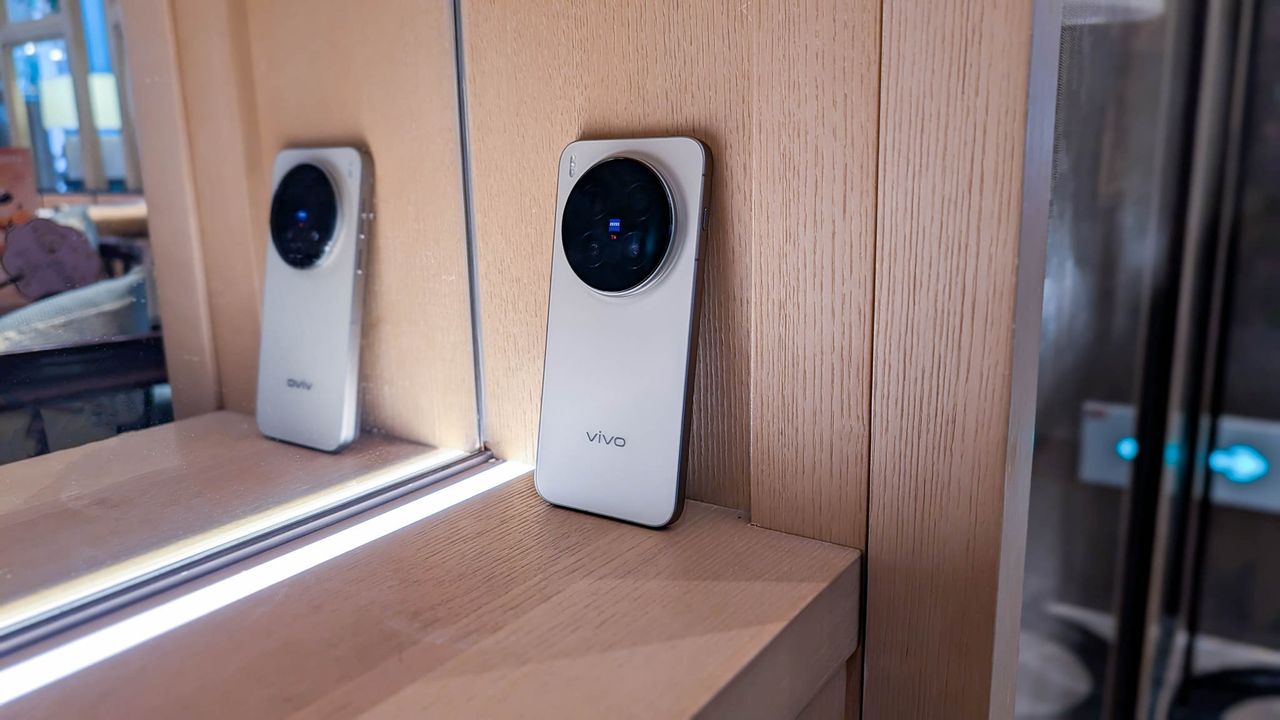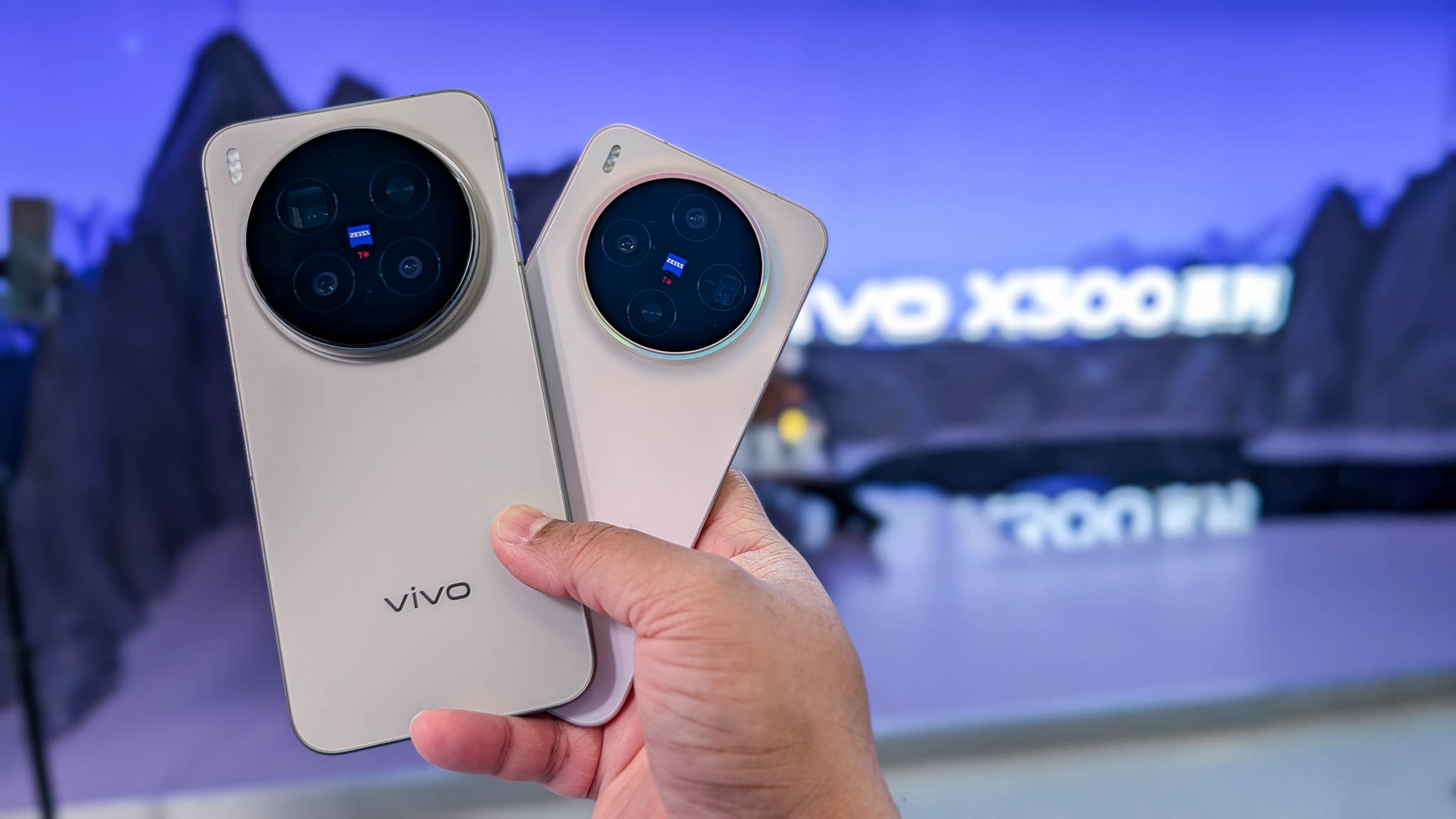
Enjoy our content? Make sure to set Android Central as a preferred source in Google Search so you can stay up-to-date on the latest news, reviews, features, and more.

In Hardwired, AC Senior Editor Harish Jonnalagadda delves into all things hardware, including phones, audio products, storage servers, and networking gear.
There are two features I seek out in a phone more than any others: great cameras and long-lasting battery. Thankfully, most phones I used in 2025 did a great job delivering on both fronts; devices like the Vivo X200 Pro, Find X8 Pro, Xiaomi 15 Ultra, and Vivo X200 Ultra have incredible cameras that run tings around what Google and Samsung have to offer, and they last longer.
Interestingly, this year's launches have been characterized by the mainstream use of silicon battery tech. This has allowed Chinese phone manufacturers to predominantly use bigger batteries without any material difference in size or weight. The result is that most phones I used in 2025 came with 6,000mAh batteries, lasting a day and a half without breaking a sweat.
In fact, battery anxiety is a thing of the past, and outside of the iPhone Air, there isn't a single phone where the battery didn't comfortably last a day. What's notable is that Chinese phone brands are now starting to add even bigger batteries in their phones, leading to devices with 7,000mAh or larger batteries.
The result is that we are finally at a point where phones can reliably last two days between charges. Vivo's X300 Pro has a 6,510mAh battery, and the Xiaomi 17 Pro Max and Find X9 Pro have even bigger 7,500mAh batteries. In fact, most Chinese brands are going this route with their latest phones, and while I was initially worried that the thin phone trend would catch on, I'm glad to see that hasn't been the case.
Clearly, this is made possible by adding a mix of a silicon-carbon in the anode, and while 2025 phones only had a 10% silicon content in the batteries, brands are increasingly using higher ratios of silicon, and that's how we are getting bigger batteries in phones that aren't any heavier or bulkier than their predecessors.
One downside to this is that not all global models are getting the same battery size. While Vivo sells the X300 Pro with a 6,510mAh battery in Asian markets, the Austrian unit has a significantly smaller 5,440mAh unit, which is just annoying. I'm using the Austrian unit of the X300 Pro, and while I still get a day's use easily, it doesn't last as long as the X200 Pro.

Thankfully, the Find X9 Pro, Xiaomi 17 Pro Max, and iQOO 15 should have the same battery size in all countries, giving these devices a distinct edge over their rivals. Another factor to consider is the charging tech; while Chinese brands dabbled with 120W and 150W standards, the industry has settled around 90W and 100W charging, and this is again down to the use of silicon batteries.
From conversations with device makers, it's evident that 90W is seen as the sweet spot these days; it is fast enough that even a 7,000mAh battery is able to charge in an hour, and it doesn't lead to any unnecessary battery degradation. What I like even better is that most Chinese phones now offer USB PD integration at least up to 50W, and this makes charging these battery behemoths easier.
Like last year, the battery advancements are limited to Chinese manufacturers, with Apple, Google, and Samsung largely unbothered by silicon battery tech. While Google went with a slightly bigger battery on the Pixel 10 Pro Fold, it's clear that these brands have no intention of using silicon-based anodes on their devices anytime soon, handing over all the momentum to their Chinese rivals.
As much as I'd like to see a Pixel or Galaxy phone that lasts two days between charges, it's evident that we are still a few years away from that. Thankfully, that isn't the case with the latest Chinese phones, and with these devices set to debut globally in the coming weeks, you don't have to wait too long if you're looking to upgrade.







